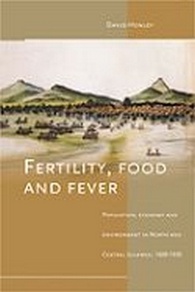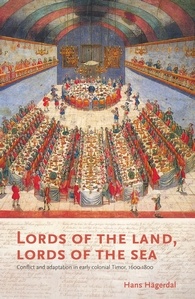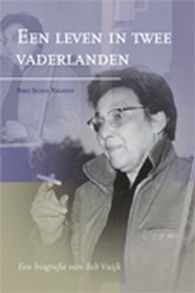Fertility, food and fever: Population, economy and environment in North and Central Sulawesi, 1600-1930
Description
Combining historical geography with historical demography, and conceived as a study in environmental history, this book examines the long-term relationship between population, economy and environment in the northern half of the Indonesian island of Sulawesi. Using a rich variety of Dutch historical sources, including VOC and missionary archives, it attempts to reconstruct and analyse patterns of demographic, economic and landscape change throughout this large and ecologically diverse region over a period of almost three and a half centuries. Particular attention is given to the articulation between demographic and economic growth, to levels and determinants of reproductive fertility, to changing disease environments, and to the question of agricultural sustainability and its preconditions. The results call into question some common views regarding the reasons for low population growth, and the relationship between population density and landscape change, in the Southeast Asian past. David Henley studied geography at Cambridge University and obtained his PhD at the Australian National University in 1992 with a thesis on Nationalism in Minahasa (North Sulawesi). At present he is a research fellow at KITLV in Leiden, the Netherlands.
Additional Information
| Edition | |
|---|---|
| Pages | |
| Series | |
| authors | 947 |







